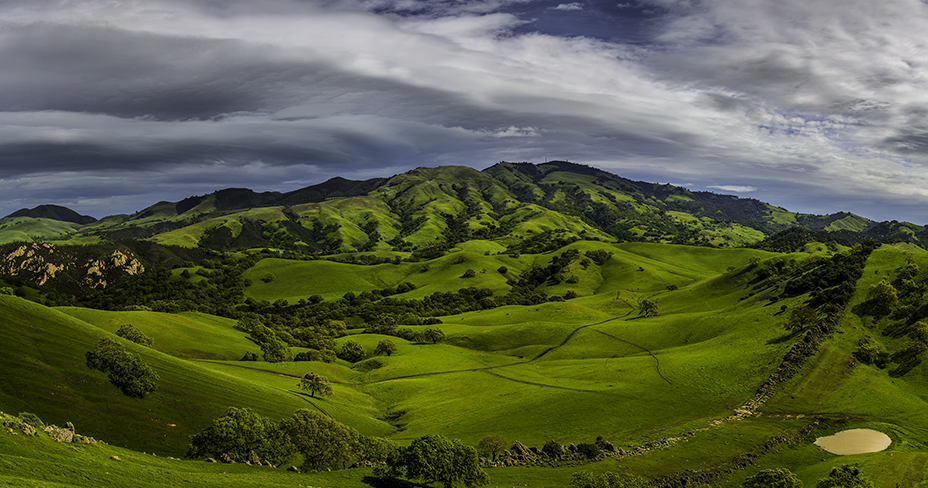
December 7, 2021, is Save Mount Diablo’s 50th anniversary. We plan to celebrate the entire next year, through December 7, 2022.
To commemorate this milestone, we created a special 50th anniversary logo. It’s based on one of Save Mount Diablo’s earliest artistic renderings from the early 1970s; it captures the spirit of the time, and honors the past while inspiring the future.
Now let’s look back on a few of Save Mount Diablo’s exciting accomplishments throughout the decades.
1970s: Mount Diablo State Park, Creating New Regional and County Parks, Defending the Black Hills at Blackhawk, Purchasing the Corner Piece, Starting Hike Series
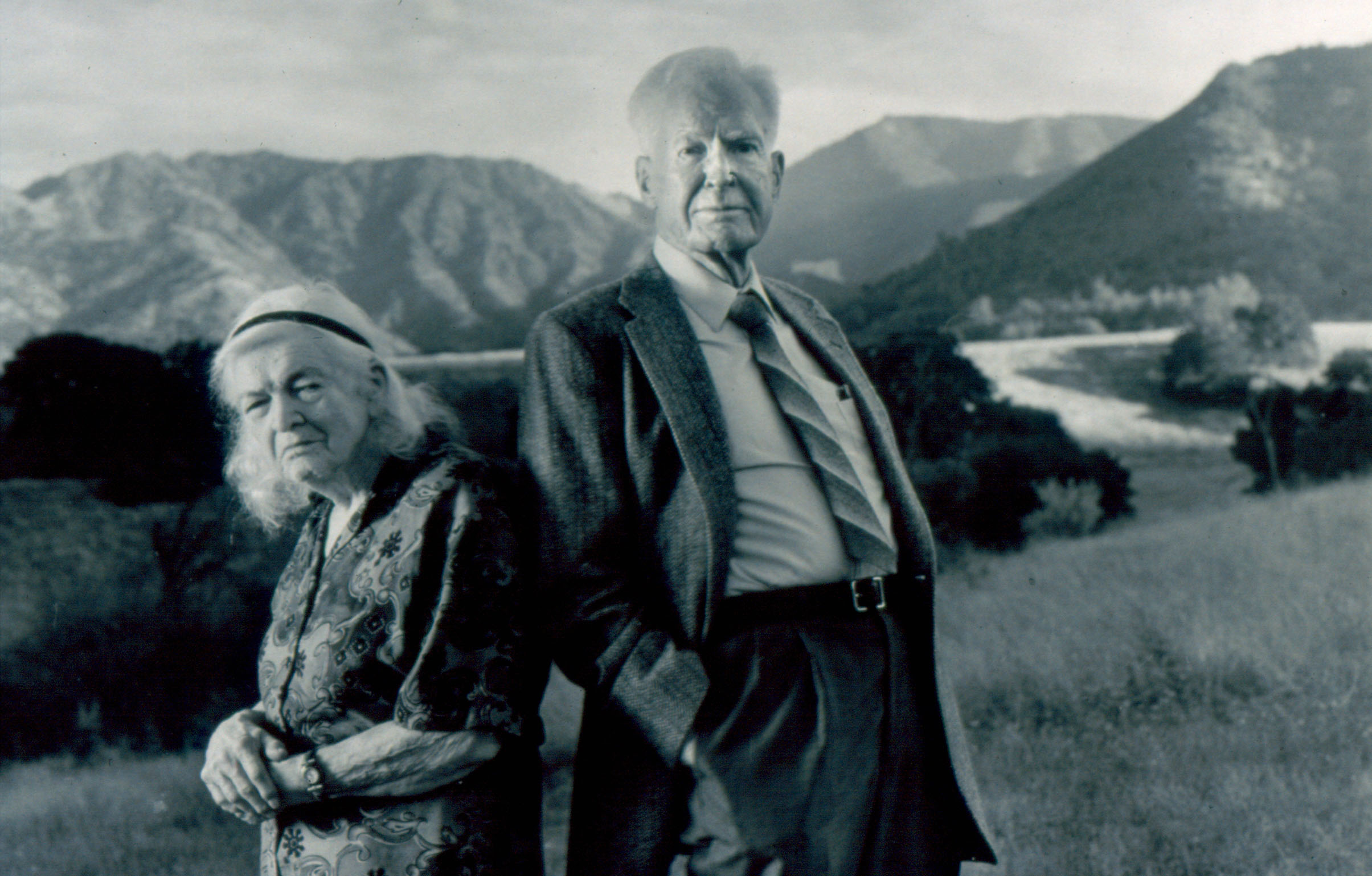 Save Mount Diablo was founded in 1971 by Dr. Mary Bowerman and Art Bonwell.
Save Mount Diablo was founded in 1971 by Dr. Mary Bowerman and Art Bonwell.
Early work focused on advocating and fundraising for key additions to Mount Diablo State Park based upon Mary’s detailed knowledge of the mountain and its botanical hotspots.
Save Mount Diablo also advocated for the creation of Morgan Territory Regional Preserve, Black Diamond Mines Regional Reserve, and Shell Ridge Open Space.
In 1973, Save Mount Diablo lead an open space preservation effort in the Blackhawk area. Blackhawk was Save Mount Diablo’s first major battle, fought over a sprawling development located far away from urban centers.
Save Mount Diablo collaborated with Contra Costa County staff and a groundbreaking grassroots effort to preserve five-sixths of the Blackhawk property (located south of Mount Diablo) from being turned into houses. This outcome created many precedents, including dedicating parts of properties for conservation as a condition of development.
In 1974, we started our first hike series, “April on the Mountain.”
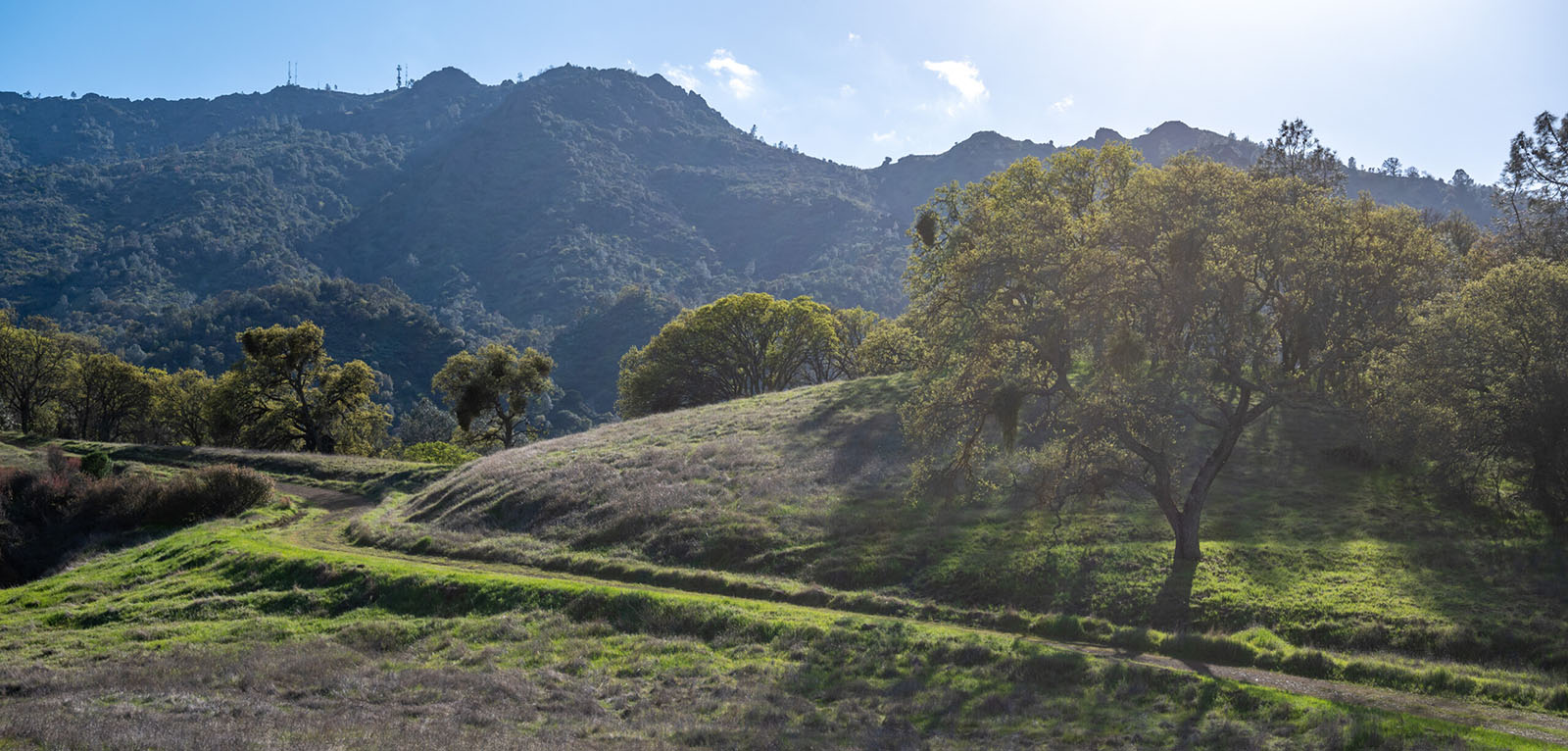
The Corner Piece was Save Mount Diablo’s first direct land acquisition. Photo by Scott Hein.
In 1976, Save Mount Diablo made its first direct land acquisition: the 117-acre Corner Piece. At the time, this land was miles from the boundary of Mount Diablo State Park, so its purchase was considered visionary. Today, it is contiguous with other park lands and permanently protected within state park boundaries.
1980s: Winning at Blackhawk, Hiring Staff, Reintroducing Peregrines
In 1980, Mount Diablo State Park received its first Blackhawk land dedication—1,130 hilly acres stretched the park eastward—as a result of our work. In 1987, another 410 acres were donated to the state park.
Save Mount Diablo started as a volunteer-run organization. In 1988, Save Mount Diablo hired its first staff member, Seth Adams. Thirty-four years later, Seth is still with the organization, serving as our Land Conservation Director.
In the 1980s, one of Save Mount Diablo’s most important accomplishments was creation and completion of the Mount Diablo State Park to Morgan Territory Regional Preserve wildlife corridor.
The corridor linked across Riggs Canyon and a five-mile gap. Save Mount Diablo’s Morgan Ranch acquisition in 1989 made the first connection between the two parks.
Save Mount Diablo began its first stewardship project in 1989, reintroducing peregrine falcons to Mount Diablo. Peregrine falcons still thrive on Mount Diablo today.
1990s: Creating Urban Limit Lines, Wildlife Corridors, the Diablo Trail; Broadening Geographic Scope
Save Mount Diablo repeatedly expanded its geographic scope. Also, in 1990, the first county-wide Urban Limit Line was established.
In 1991, Save Mount Diablo stopped developments proposed at Clayton Ranch and Chaparral Spring, which today are protected as regional park land and are part of the wildlife corridor that links Mount Diablo State Park to Black Diamond Mines Regional Preserve.
We first envisioned the Diablo Trail in 1988 as we got closer to connecting parks through Morgan Territory and as part of the campaign publicity for a local and a state park bond. And in 1993, we created a 30-mile “Diablo Trail” from Walnut Creek to Brentwood.
In 1997, around the time Save Mount Diablo opened its first office, we opposed the Pittsburg Southeast Hills annexation, Cowell Ranch, and Tassajara developments.

The advocacy work that Save Mount Diablo did to defend Cowell Ranch from development led to it becoming Marsh Creek State Historic Park. Photo: Scott Hein.
Both the Pittsburg Southeast Hills annexation and Cowell Ranch developments were unsuccessful thanks to Save Mount Diablo’s advocacy work and other work done by its partners. Ninety percent of the Cowell Ranch was purchased by the Trust for Public Land and became Marsh Creek State Historic Park.
2000s: Strengthening Urban Limit Lines; Restoring Land; Expanding to Altamont Pass; Protecting Riggs Canyon, Mangini Ranch, Marsh Creek, Irish Canyon; Planting Seeds for Future Education Efforts
In 2002, Save Mount Diablo expanded its geographic focus again, this time to include the Altamont Pass area. In 2003, we protected the Red Corral and Joseph Galvan Ranch properties.
In 2004, we completed 16 years of work to protect 3,000 acres of Riggs Canyon. Plus, our work with Measure J resulted in a requirement that Contra Costa County and all 17 of its cities have voter-approved Urban Limit Lines.
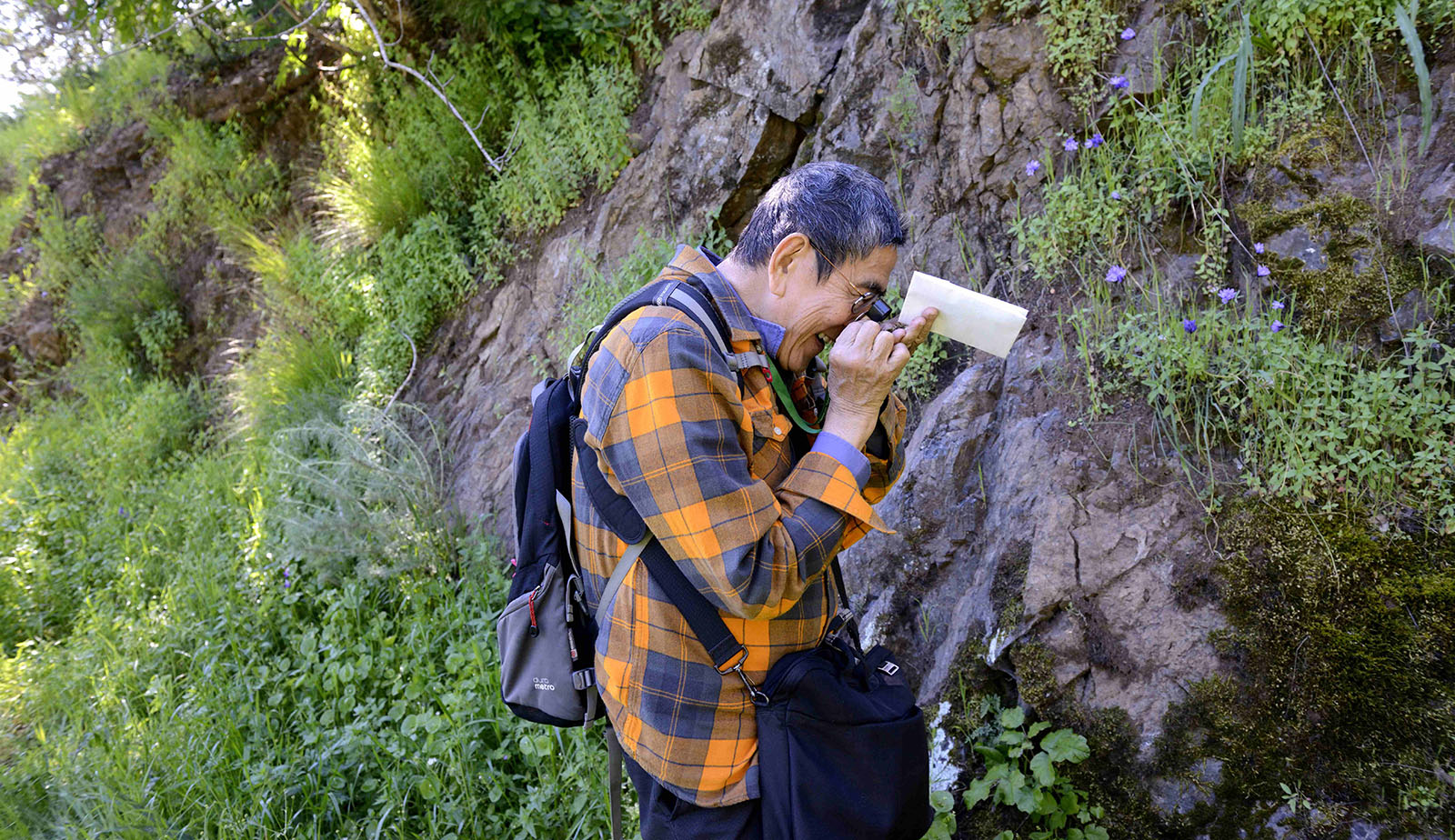
A researcher at our 2016 BioBlitz making a discovery in the footprint of the Morgan Fire in Perkins Canyon, Mount Diablo State Park. Photo: Al Johnson.
In 2007, we completed our first BioBlitz. We also purchased Mangini Ranch, which almost connects to Mount Diablo State Park, and is adjacent to Lime Ridge Open Space and Crystyl Ranch Open Space.
The property is rich in history and biodiversity, and Save Mount Diablo is preparing to open it to the public in early 2022 as a free educational preserve.
We purchased Irish Canyon and began a campaign to protect key parcels along Marsh Creek.
In 2009, we began restoration work at Irish Canyon and Marsh Creek 4. We also protected Viera–North Peak, at the time the highest privately owned property in the county.
2010s: Keeping Development at Bay and State Park Open, Protecting Curry Canyon Ranch, Launching Discover Diablo Hikes
In 2010, Save Mount Diablo defended Urban Limit Lines in Brentwood and San Ramon, keeping development at bay. In 2011, we helped keep Mount Diablo State Park open during a budget crisis.
After more than 25 years of work, Save Mount Diablo finally purchased and protected 1,080-acre Curry Canyon Ranch in 2013. Curry Canyon Ranch was our largest, most expensive acquisition ever, and the most important acquisition since North Peak in 1980.
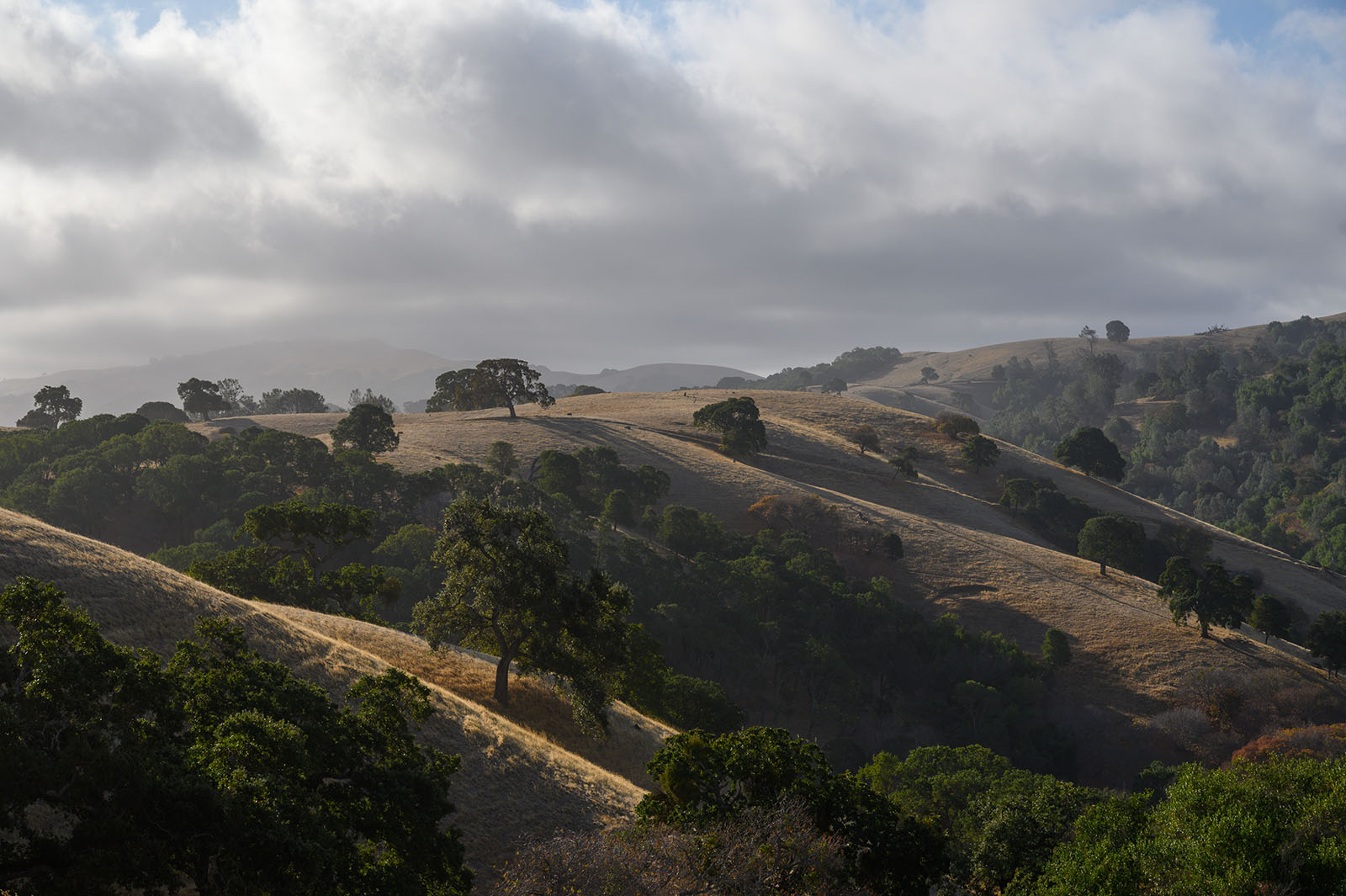
Curry Canyon Ranch is surrounded on three sides by Mount Diablo State Park and could one day be an eastside entrance to the park for hikers, cyclists, and others. Photo by Scott Hein.
Curry Canyon Ranch had been on the top of our priority list since our founding because of its size, location, and habitat; the 1,080 acres that make up the property are home to many endangered species, and its rocky cliffs may one day attract California condors.
We are currently preparing to transfer part or all of the property to Mount Diablo State Park so that wildlife corridors and trails are better connected within the park.
In 2017, we launched a new free, public hike series, Discover Diablo.
2020s: Defending Open Space in Concord, Pittsburg, Antioch, Tassajara Valley; Exploring the Entire Diablo Range

Antioch’s border with the Sand Creek Focus Area. Photo by Cooper Ogden.
In 2020, we won a ballot measure in Antioch by a landslide, demonstrating that Antioch residents have a strong desire to protect the Sand Creek area.
In 2021, we filed a lawsuit to defend Pittsburg’s and Concord’s hills from unwise development adjacent to the Concord Naval Weapons Station and the new Thurgood Marshall Regional Park.
We are also finishing a project to protect 154 acres on Mount Diablo’s North Peak with a permanent conservation easement. And this year, we launched a project to plant and protect 10,000 native trees and plants in 10 years.
The battle for Tassajara is still ongoing. After the initial developments failed, new projects were proposed.
Recently, as a result of our work, the Contra Costa Board of Supervisors approved the 125-unit Tassajara Parks project. However, they also plan to create the Tassajara Agricultural Preserve (17,666 acres) and dedicate 727 acres to the East Bay Regional Park District, making this an overall win.
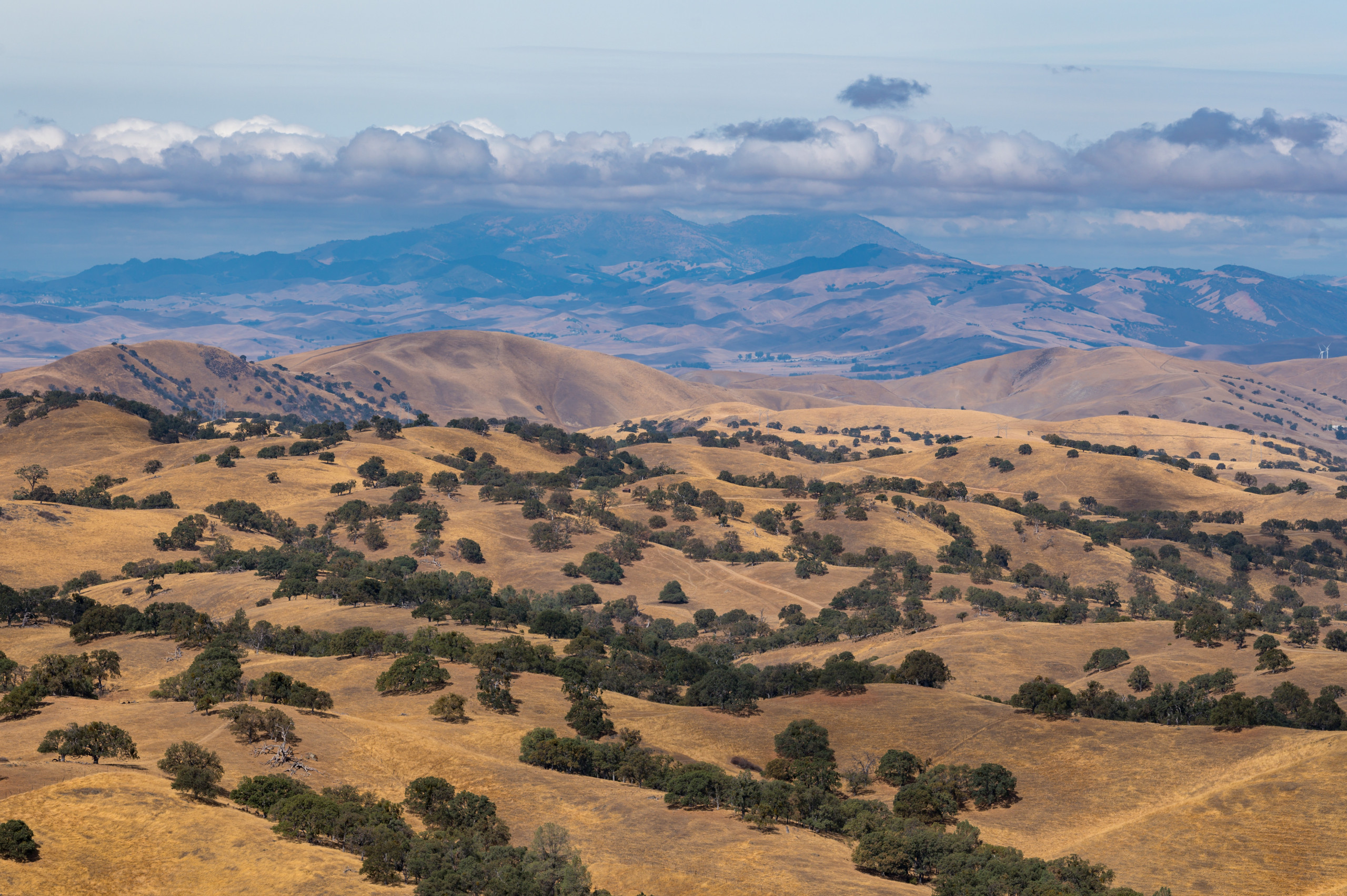
View of Mount Diablo from further south in the Diablo Range. Photo by Scott Hein.
We’ve also expanded our geographic focus again and begun educating people about the entire 200-mile stretch of the Diablo Range. Last year, we created our Diablo Range Revealed series. The series explores landscapes in the aftermath of the SCU wildfires and offers insights into the history of the land.
Our goal is to raise awareness of the natural beauty and biodiversity of the Diablo Range, and to safeguard it throughout the range to preserve one of the most important wildlife strongholds in California.
What the Future Holds
All of these stories are the result of longevity; we have been able to accomplish all that we have because we persisted and kept taking the next step through the decades.
We are proud of all that we have accomplished, and we are committed to continuing our work to preserve, defend, and restore important lands for people to enjoy and wildlife to live in.
To learn more about our land conservation work, check out our Save Mount Diablo timeline of accomplishments.
Top photo by Stephen Joseph

